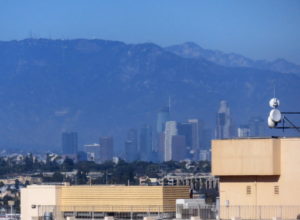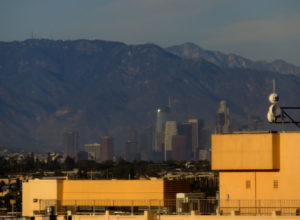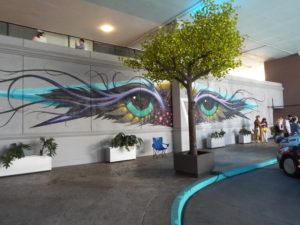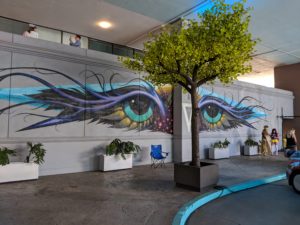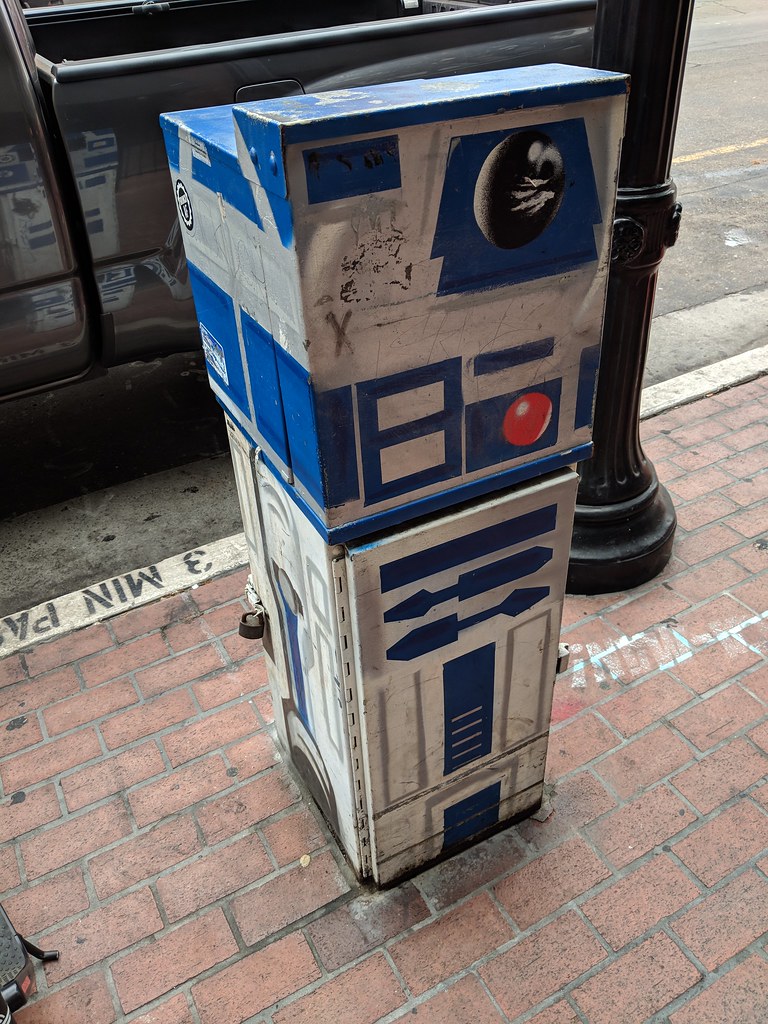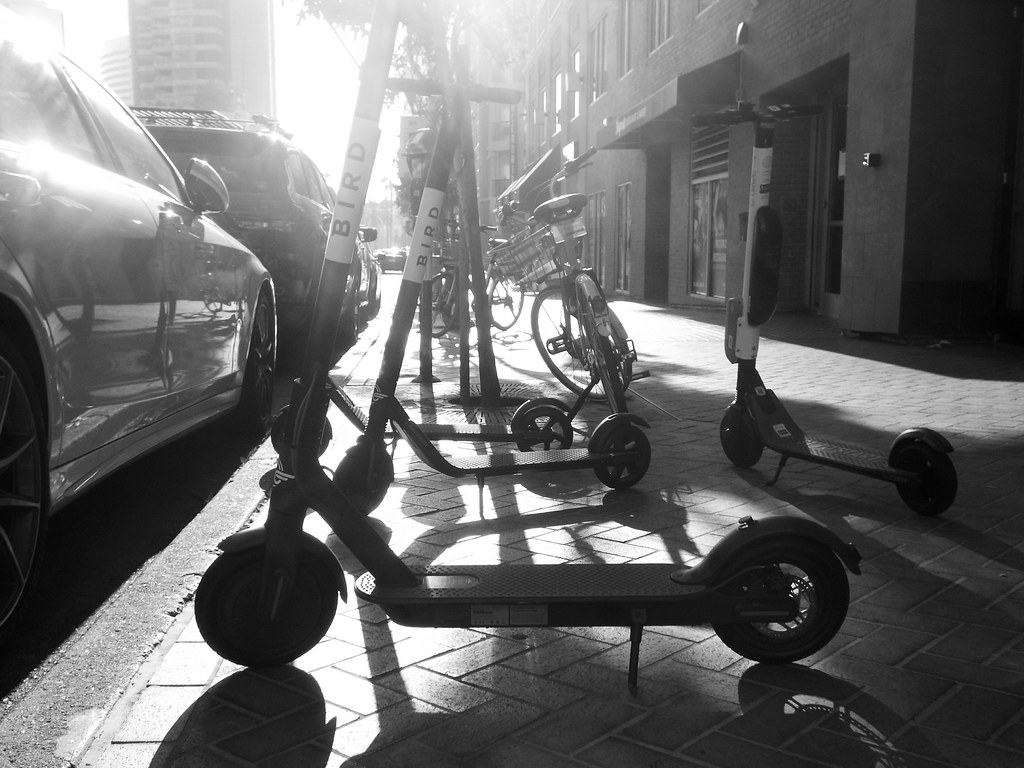If you have environmental allergies to pollen, dust, animals, etc. you’ve long had the option of taking shots to desensitize yourself to the allergen. That hasn’t been the case for food allergies. But a pollen allergy is a lot less likely to kill you than a nut allergy. Some sort of treatment beyond “try not to eat it, and use epinephrine if you do” has been sought after for a long time.
Various forms of oral immunotherapy (OIT, SLIT) for desensitization have been under study for a few years…along with an injected medication that takes a different approach.
Around 10-15 years ago, my allergist at the time brought up the possibility of Xolair (omalizumab) for my asthma, suggesting it might also help with my food allergies. It’s an IgE inhibitor, which means it blocks the pathway through which food allergies operate. In theory, it would reduce my chances (or reduce the intensity) of a severe reaction to an accidental exposure.
It was an unproven, off-label use. Xolair had only been studied and approved for treating asthma, primarily asthma that other medication couldn’t control. And it would mean regular shots. And staying in the office after each one to make sure I didn’t have a reaction to the shot itself.
Ultimately I decided not to take her up on it. It seemed like more trouble than I wanted to go to for an uncertain gain. My experience wouldn’t have even helped clarify that gain. Any close calls I missed would have just been another anecdote, the medication’s impact unproven.
A decade and a bunch of clinical trials later (some alone, some in combination with OIT), the FDA has given Xolair a “breakthrough therapy designation” for treating food allergies. That means fast-tracking further reviews and development as a treatment. (more detailed article.)
There’s still risk/benefit analysis to do (in general and on a case by case basis), but things are starting to finally look up in terms of being able to treat the condition instead of trying to detour around it!
